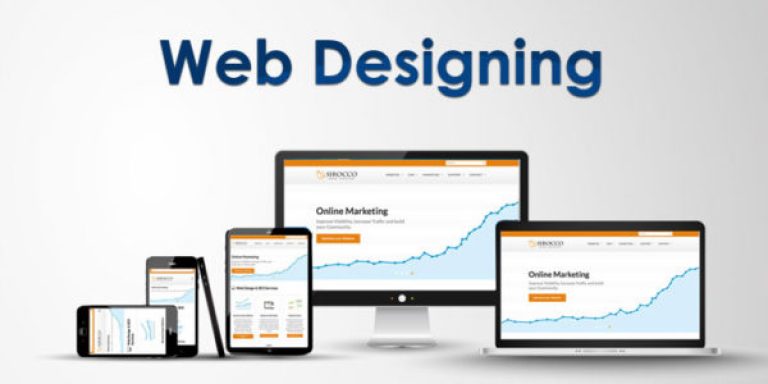The internet has become a vital part of our lives, and for businesses, having a strong online presence is no longer optional. A well-designed website is essential for attracting customers, showcasing products and services, and establishing brand credibility. But how much does it cost to create this valuable digital asset?
This question plagues both business owners seeking web design services and freelance web designers determining their rates. This pricing guide dives deep into the world of web design costs, exploring factors that influence pricing, common billing structures, and strategies for both hiring a web designer and setting your rates if you’re a freelancer.
Understanding Web Design Costs
Web design pricing can vary greatly depending on several factors. Here’s a breakdown of the key elements that affect the cost:
- Project Scope and Complexity:
The size and intricacy of your website directly impact the cost. A simple brochure website with a handful of pages will naturally be less expensive than a complex e-commerce platform with extensive features and functionality.
- Designer Experience and Skillset:
Experienced web designers with a proven track record will typically command higher rates than those just starting out. Specialized skills like coding for custom functionalities or deep knowledge of e-commerce platforms also add to the cost.
- Location:
Web design rates can vary geographically. Designers in major cities with a high cost of living may charge more than those in smaller towns.
- Project Timeline:
Rushed projects often require designers to put in extra hours, which can be reflected in the cost.
- Additional Services:
Web design often goes hand-in-hand with other services like content creation, copywriting, and search engine optimization (SEO). If you need these bundled services, expect the overall cost to increase.
Common Web Design Billing Structures
Web designers typically use two main billing structures:
- Hourly Rate:
This is a straightforward approach where designers charge a set fee per hour of work. The upside for clients is the flexibility and potential for cost savings if the project goes quicker than anticipated. However, it’s crucial to get a clear estimate upfront to avoid surprises.
- Flat Fee:
This involves charging a pre-determined fee for the entire project. This structure offers clients more predictability in budgeting, but it requires a detailed project scope to ensure all requirements are included.
Some designers might also offer retainer agreements, where clients pay a monthly fee for ongoing website maintenance and updates.
What to Expect for Your Money
Here’s a general idea of web design costs based on project complexity and typical billing structures:
- Simple Brochure Website (Hourly Rate): $2,000 – $5,000 (20-50 hours at $30-$100/hour)
- Standard Business Website (Hourly Rate): $5,000 – $10,000 (50-100 hours at $30-$100/hour)
- E-commerce Website (Hourly Rate): $10,000+ (100+ hours at $30-$100/hour)
Flat fee equivalents would likely range slightly higher than the hourly rate totals listed above.
Additional factors to Consider
Beyond the core web design services, consider these potential cost add-ons:
- Stock Photos and Illustrations: Licensing fees for high-quality images can add up.
- Content Writing: Professional copywriting for website content comes at an extra cost.
- Ongoing Maintenance: Keeping your website updated and secure often requires an ongoing retainer agreement.
- Domain registration and website hosting are separate costs from the web design service itself.
Tips for Hiring a Web Designer
- Define your needs: Clearly outline your website’s goals, target audience, and desired features before reaching out to designers.
- Get Quotes from Multiple Designers: Compare rates, experience levels, and portfolios to find the best fit for your project and budget.
- Communicate Clearly: Ensure you and the designer are on the same page regarding the project scope, timeline, and deliverables.
- Review Contracts Carefully: Understand the terms of service, payment schedule, and revision policy before signing anything.
How to Determine Your Rates as a Freelance Web Designer
- Consider your experience: Entry-level designers can start with lower rates and gradually increase them as they gain experience and build a portfolio.
- Factor in Your Location: Research the typical rates for web designers in your area.
- Research Industry Standards: Look at online resources and professional organizations to understand the going rates for web design services.
- Estimate Your Project Time: Accurately assess the

